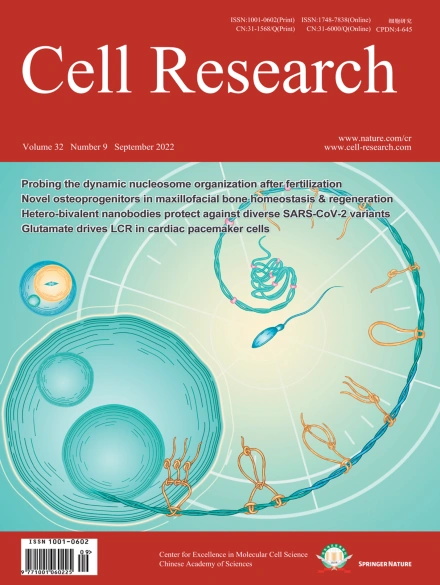
Advanced Search
Submit Manuscript
Advanced Search
Submit Manuscript
Volume 32, No 9, Sep 2022
ISSN: 1001-0602
EISSN: 1748-7838 2018
impact factor 17.848*
(Clarivate Analytics, 2019)
Volume 32 Issue 9, September 2022: 843-854 |
Glutamate drives ‘local Ca2+ release’ in cardiac pacemaker cells
Duanyang Xie1,2,3,† , Ke Xiong1,2,3,† , Xuling Su2,3,† , Guanghua Wang2,3,† , Qicheng Zou1,2,3,† , Luxin Wang1,2,3 , Caihong Zhang2,4 , Yuting Cao2,4 , Beihua Shao2,4 , Yixin Zhang2,4 , Peidong Zhang2,4 , Dandan Liang1,2,3 , Yi Liu1,2,3 , Yi-Han Chen1,2,3,5,6,*
1Department of Cardiology, Shanghai East Hospital, Tongji University School of Medicine, Shanghai, ChinaThe sinoatrial node (SAN) is the origin of the electrical signals for rhythmic heartbeats in mammals. The spontaneous firing of SAN pacemaker cells (SANPCs) triggers cardiac contraction. ‘Local Ca2+ release’ (LCR), a unique cellular activity, acts as the ‘engine’ of the spontaneous firing of SANPCs. However, the mechanism of LCR initiation remains unclear. Here, we report that endogenous glutamate drives LCRs in SANPCs. Using a glutamate sensor, we unraveled a tight correlation between glutamate accumulation and LCR occurr
https://doi.org/10.1038/s41422-022-00693-z